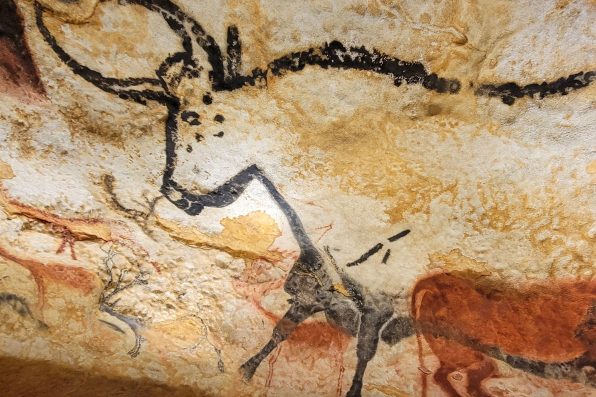Aurochs are an extinct species of cattle that died out around 400 years ago. They once roamed Europe, Asia, and Africa and were heavily featured in early human art painted on cave walls.
They were domesticated in the north of the Fertile Crescent region of the Middle East over 10,000 years ago, creating the first cattle to give us a source of muscle, meat, and milk.
It is unclear exactly why the animals went extinct, but scientists say that human activity or climate change contributed to their demise. The last reported animal died in Poland in 1627.
A team of researchers has pieced together the evolutionary history of the aurochs by analyzing 38 genomes extracted from bones dating across 50 millennia that were gathered from Siberia to Britain.
“The aurochs went extinct approximately 400 years ago, which left much of their evolutionary history a mystery,” said Dr. Conor Rossi from Trinity College Dublin (TCD).
“However, through the sequencing of ancient DNA, we have gained detailed insight into the diversity that once thrived in the wild, as well as enhanced our understanding of domestic cattle.”
Fossils of aurochs in Europe date back 650,000 years ago, which is about the same time that archaic species of humans appeared on the continent.
But animals from the east and west of Eurasia share a much more recent common ancestry, indicating that they migrated from somewhere out of southern Asia.
These earlier traces of ancestry survived in European aurochs. According to Dr. Mikkel Sinding, a co-author of the study and a researcher at the University of Copenhagen, the DNA analyses showed that there were three distinct aurochs populations in Europe.

Sign up for Chip Chick’s newsletter and get stories like this delivered to your inbox.


